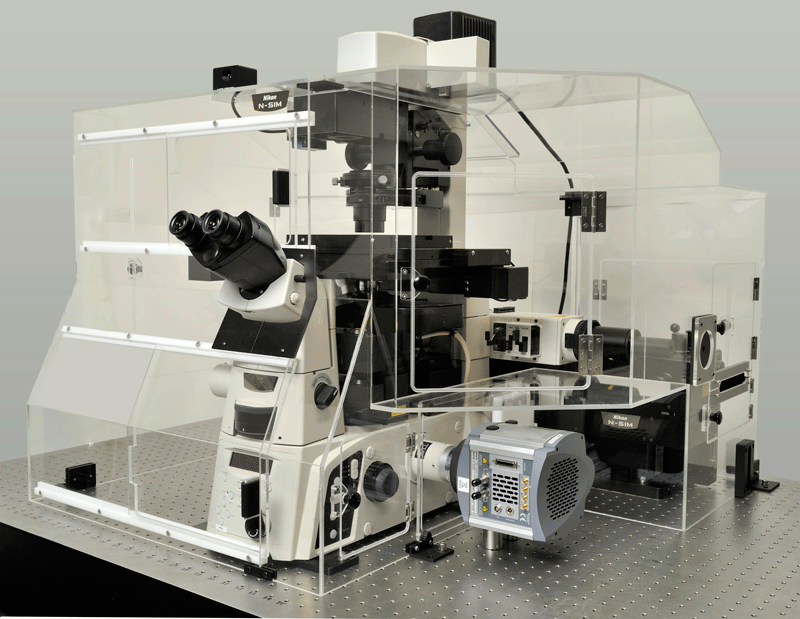News
- Main
- /
- Press-Center
- /
- News
- /
- BioVitrum participated in the Seventh International Conference "Recent advances in Bionanoscopy"
BioVitrum participated in the Seventh International Conference "Recent advances in Bionanoscopy"
From 17-19 June at Moscow State University in the Department of Physics the seventh international conference "Recent advances in bionanoscopy" took place.
This scientific event was dedicated to the use of high-resolution microscopy for the study of biological objects. The meeting discussed such topics as the structure and properties of biopolymers, viruses and cells, protein and nucleic acid-protein interactions, biosensors, biomaterials, data processing microscopy, and practical application and innovation in bionanoscopy. One day of the conference was devoted to round tables and equipment demonstrations of scanning probe microscopy. Conference participants heard reports of professors and university representatives from the UK, USA, Germany and Russia, which has created an excellent basis for the exchange of experience.
BioVitrum presented to the participants of the conference a report by the microsopy team leader Pavel Zykov on "super resolution optical systems: imaging beyond the diffraction limit" using microscopy systems N-STORM and N-SIM from Nikon.
The N-SIM system delivers twice higher resolution than conventional optical microscopes can image at maximum speed.
The technology of N-STORM is an advanced kind of optical microscopy which provides a clearer observation of tissues and cells and is one of the most widely used methods for biomedical research. With this technique it is possible to obtain a final image with a resolution in the plane of about 20 nm and 50 nm axis that extends almost up to optical microscopes molecular level.
As part of its exhibition BioVitrum presented all types of microscopy equipment which are connected with the theme of the conference: confocal and multiphoton microscopy system SVR from Nikon, electron microscopy from Hitachi, camera systems from Andor, and microdissection from MMI.













